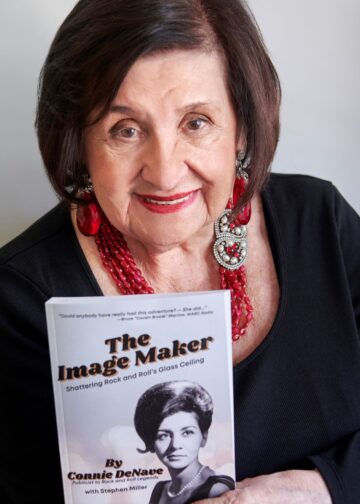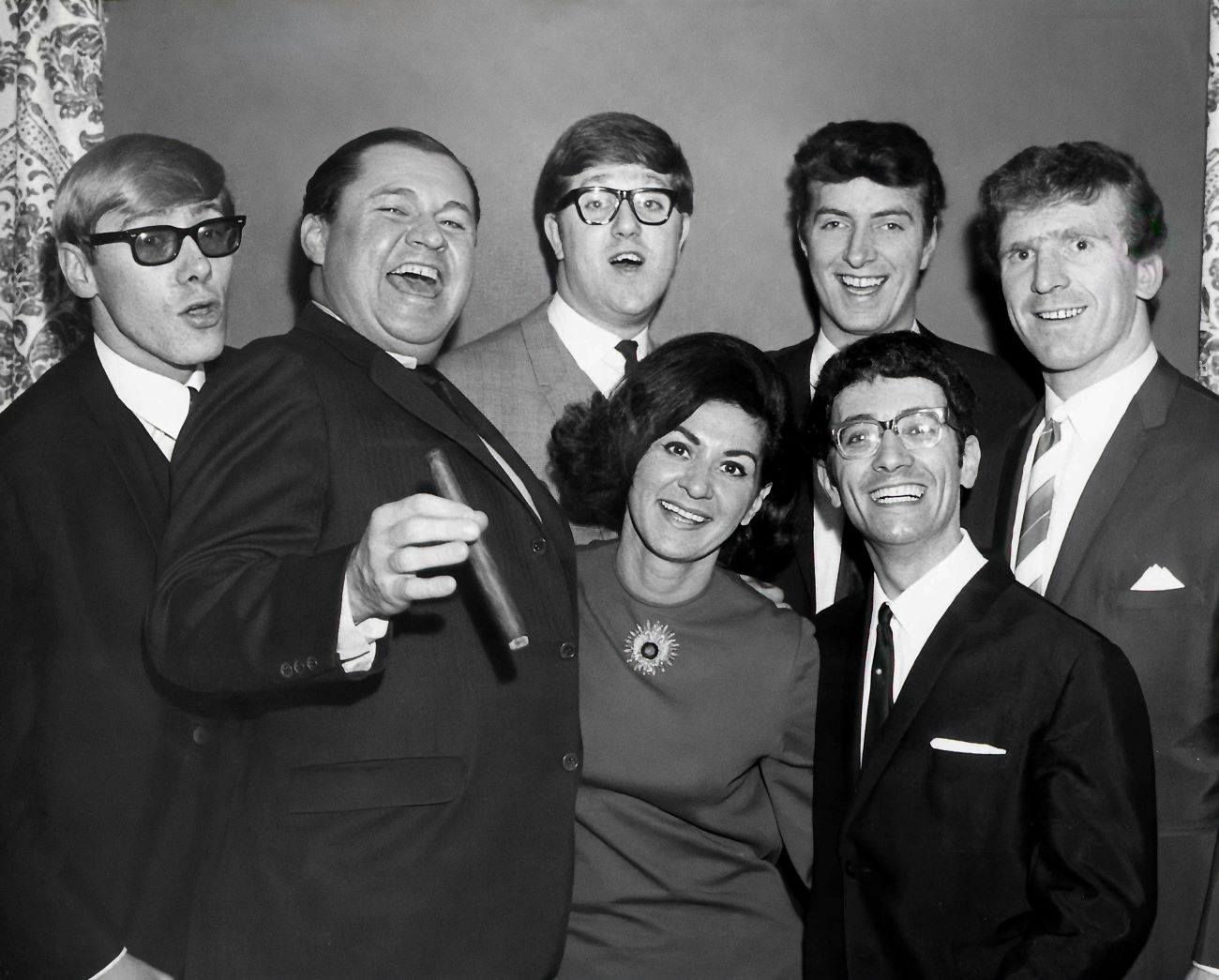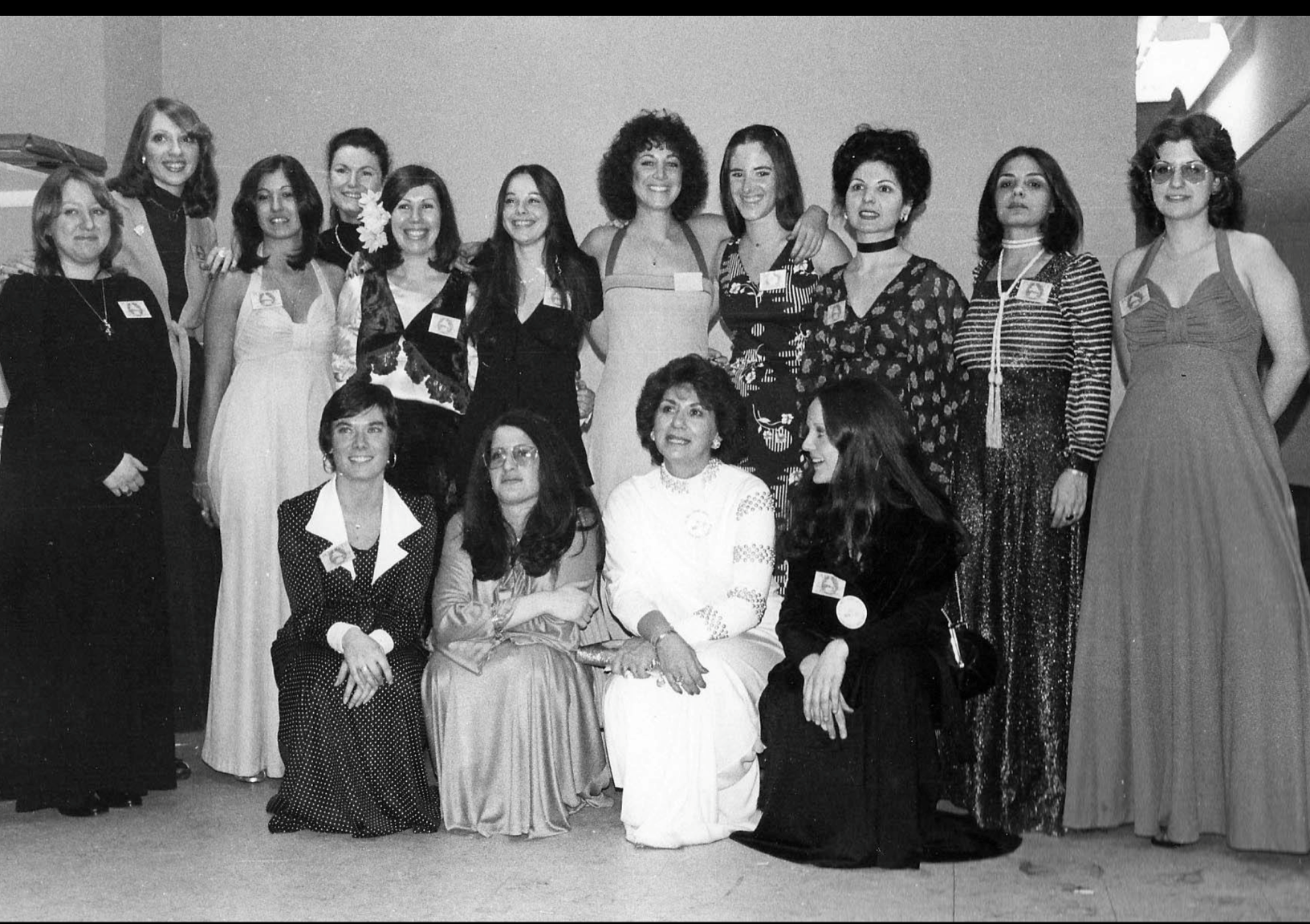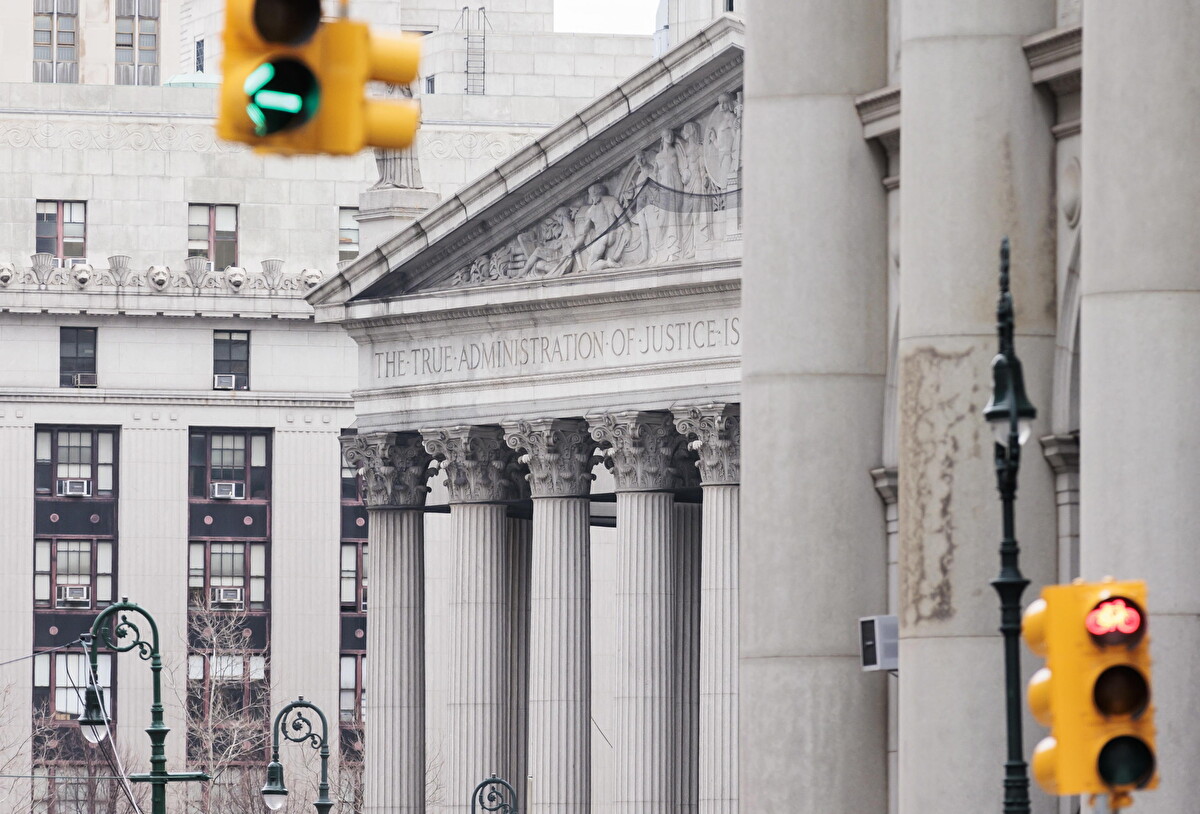Recently, I was invited to a private lunch where the first guest was a Las Vegas act and the next was a speaker – the Brooklyn-born Connie DeNave.
I had never heard of her, but learned that Connie DeNave was there to promote her memoir, The Image Maker: Shattering Rock and Roll’s Glass Ceiling. After listening to her I understood why The Dutch Treat Club had called her presentation, “How I Became a Witness to—and A Key Player in—Show-Business History.”
After the Beatles arrived in the US, Connie brought over a host of other groups creating “The British Invasion,” which included The Rolling Stones, The Dave Clark Five, Herman’s Hermits, The Yardbirds, The Animals, Dusty Springfield, The New Seekers, and The Moody Blues to name a few. She made them famous, now she spills the secrets from behind the scenes.

Once the petite Connie hiked up off the ground onto a stool, she peppered her anecdotes with doses of sauciness. Even though she is closing in on 90 this July, she retains the passion of a woman half her age.
“To me the best part of my business was shepherding and chaperoning my clients to the success on the world stage … I had a great business … so if I saw a band I did not believe in, I would turn their management down.”
Few people likely remember the forgettable first time the Rolling Stones arrived in the U.S. in 1964 when they appeared on The Hollywood Palace hosted by Dean Martin … they sang the bluesy, “I Just Want to Make Love to You,” and they bombed in front of a stuffy middle-aged audience, returning home demoralized and in debt.
Once “Time is on My Side” became an overseas hit, they returned to the States. By that time young 30-year-old Connie was already representing other British groups, and was determined to match them with the right audiences.
That bond was sealed after she spent a few hours huddled in a closet with two Rolling Stones and a hulking, hefty sheepdog to protect the Stones from hysterical female fans.
Herman’s Hermits was among the first and Connie knew how incredibly nervous the group was about their appearance on the Ed Sullivan Show on June 6, 1965. To calm them down, she recalls: “They were a little English band that had been playing pubs and small theaters in England … so I told them, within the next couple of hours, every young man in America would be jealous of them and every young girl in America would love them … that raised their spirits.”
This dynamic dame bumped heads with competitors and record company male execs alike– such as in the case of Herman’s Hermits’ Peter Noone’s 18th birthday, when MGM Records threw him a party with booze and strippers.

By then Connie was a well-known pro – she balked because the singers were underage and she knew the unforgiving media of the still-innocent 1960s would have wiped the floor with them, besmirching their reputation before they even started their flight to fame.
There is hardly an A-lister from the worlds of rock and roll and pop (circa 1955 thru 1985) that Connie DeNave did not promote, groom—she groomed, not only polished their acts–she would choose a band’s attire, haircuts and, in the case of The Animals, cleaned up their cold, nasty attitude with the press—befriend and otherwise nurture to the point of downright “mothering.”
Among the American acts she promoted was Lesley Gore whose talent had Connie bowled over, but Gore was not getting the attention she deserved. Connie stepped in and decided to promote Gore ’s initial release “It’s My Party”—ultimately, a huge hit— by throwing the teenaged singer a Sweet-16 Party.
Gore’s management team thought the entire notion of a birthday-party-as-press-party silly, but Connie was furba. “I wanted to see her on The Ed Sullivan Show so I booked a banquet room in the tony Delmonico, the same hotel Ed Sullivan lived in and I invited him and he attended.” A few weeks later (October 13, 1963), Gore made her national television debut on The Ed Sullivan Show. The rest is pop-music history.

This professional mothering ran the gamut from stocking the back of The Rolling Stones’ limo with healthy snacks and insisting that Mick Jagger and the rest of The Stones down them, to inviting the shy and lonely Peter Noone of Herman’s Hermits and, later, Burt Reynolds, another client-turned-close-personal-friend, to her own mother’s house in Carroll Gardens, Brooklyn, for home-cooked Italian meals. (One Yuletide, when Peter Noone was left stranded at Kennedy Airport, Connie insisted that the Herman’s Hermits taxi over to her parents’ Carroll Gardens home for an abbondanza of a Christmas meal.)
In Connie’s memoir, readers get to know never-before-shared exploits to promote the careers of, among others, Italian Americans like Bobby Darin, Bobby Rydell, Fabian, Frankie Avalon and Connie Francis.
Her portfolio included not only Brits, but some-grown talents as well: Dick Clark, Chubby Checker, Nat King Cole, Sam Cooke, Roberta Flack, Lesley Gore, Martha and The Vandellas, The Temptations, Judy Garland and Liza Minnelli, and too many more to mention here.
Her brush with brutish thugs who tried to horn in on her business was hilarious and it is all in the book, a name-dropping fast read and highly recommended.












